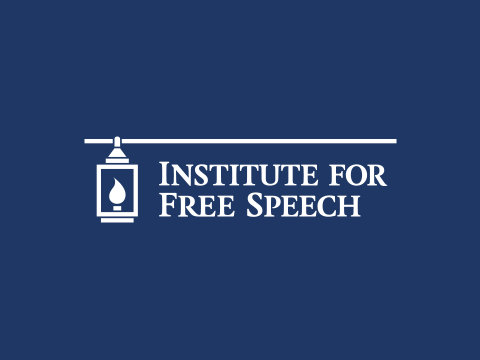Supporters of the aggregate caps argue that without them, individuals would avoid the $2,600 limit on giving to a particular race by giving to many candidates and party committees, which would then pass the money on to the intended candidate. This claim is unsupported by law, experience and common sense.
First, the law: any contribution given to one candidate or party, but earmarked for another candidate or party counts as a contribution to the ultimate recipient, so it can’t be used to avoid the caps on giving to a single candidate or party committee.
But supporters of aggregate caps argue that it could happen, through a “wink and nod” in which unearmarked contributions are still knowingly intended for, and given to, other candidates and committees. This is where experience and common sense come in. This hypothetical “wink and nod” scenario is possible now: as we’ve noted, a donor can give to as many PACs as desired. Experience shows there is no evidence that such schemes are used. None. Nor is there any evidence that it occurs in the 37 states without aggregate caps. Indeed, there is no evidence that donors now use contributions to one candidate as fronts for gifts “really” intended for another.
Common sense tells us why. As the federal district court noted in McCutcheon, it is “unlikely that so many separate entities would willingly serve as conduits for a single contributor’s interests.” And because the donations would be subject to the legal restrictions on earmarking, the donor could not express his desires that the money be given to some other candidate.
This is, in short, nothing but conjecture, or, perhaps more accurately, a bogeyman scare tactic to deprive of us First Amendment rights.












